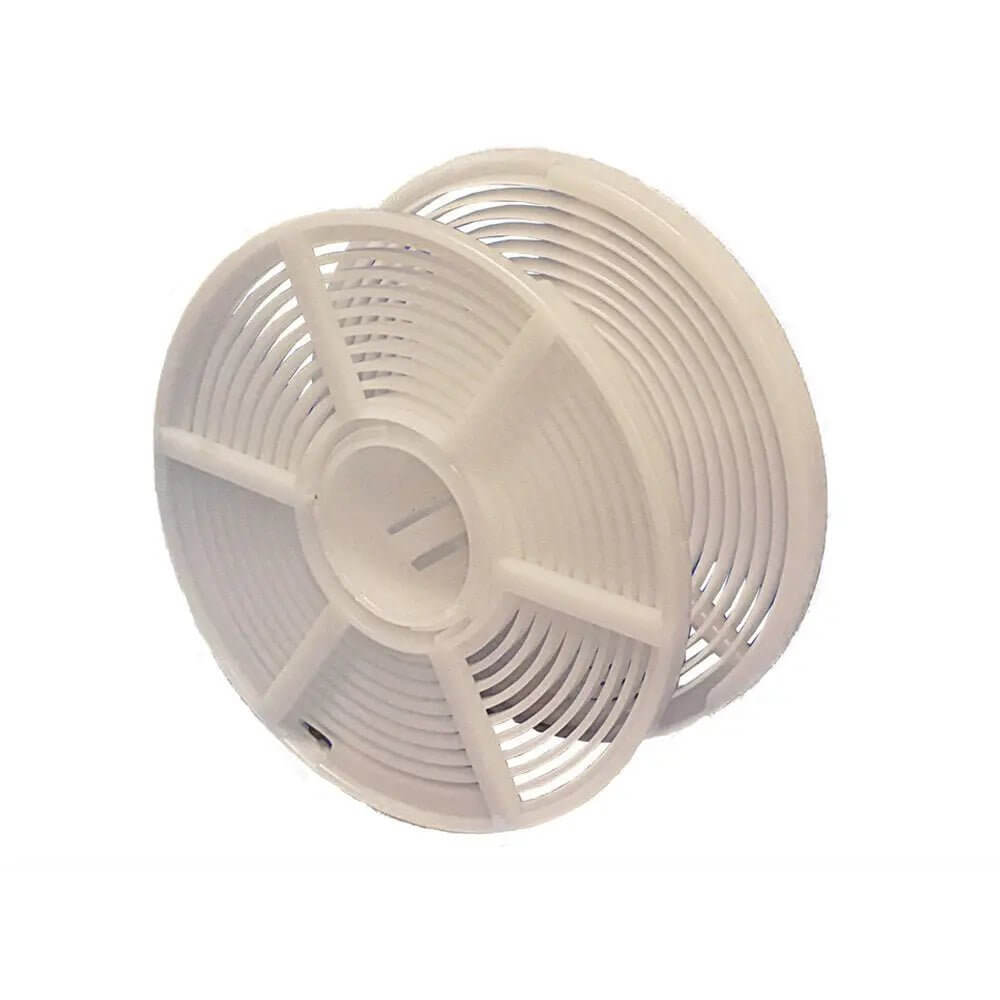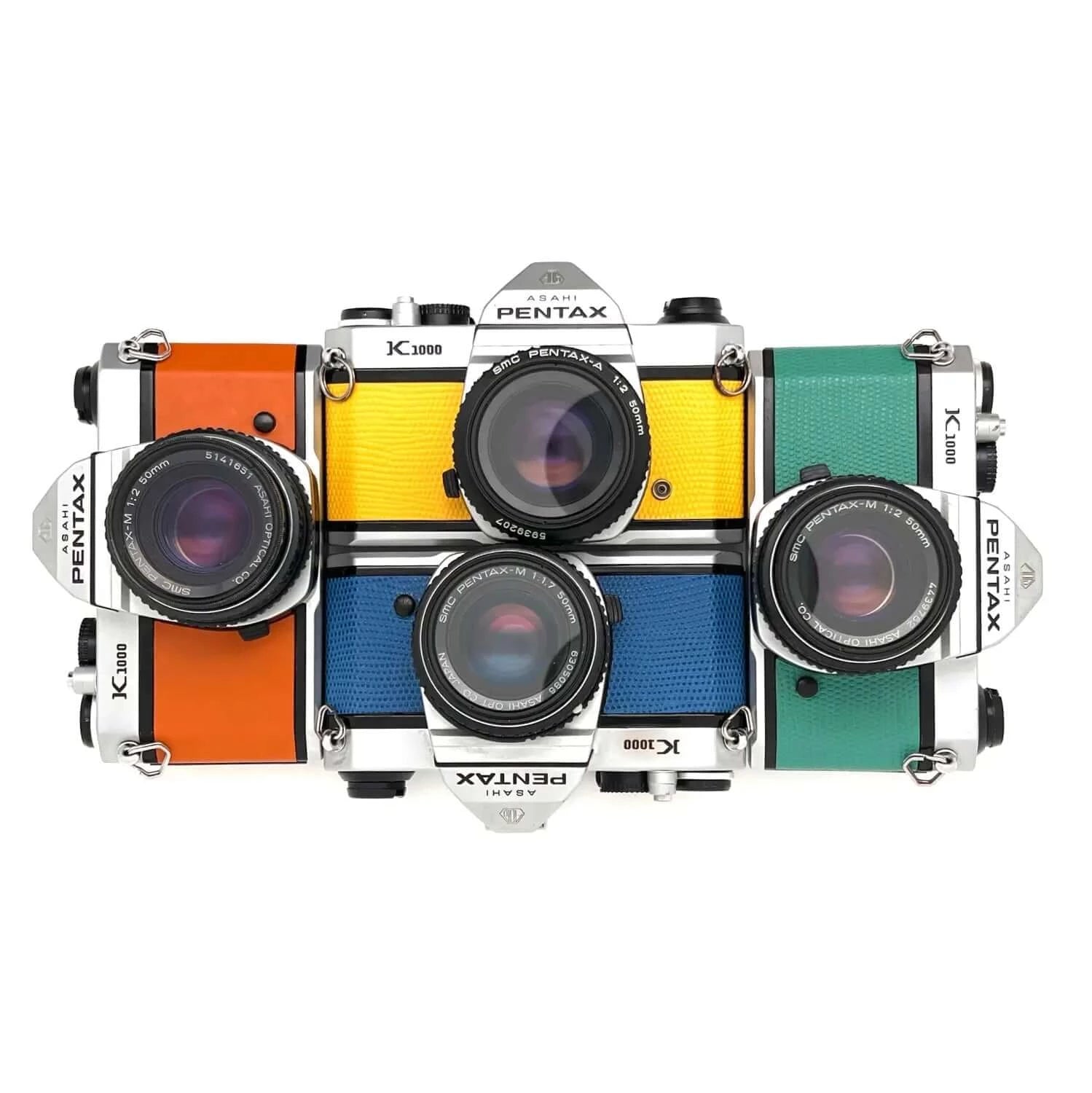
Stand and semi-stand development of film
Share
If you are familiar with SD, scroll down to my recipes. YMMV.
What Is Stand Development? What is Sem-Stand Development?
BACKGROUND
When developing (Black & White (BW)) film, one can refer to the developing chart specifications typically mentioned inside the film carton. There are two primary and standardized ways to develop color film. The most common is the C41 process, and the one for reversal or slide film is the E6 process. While there are creative experiments, one can do with C41 and E6; it is a fairly standardized process.
Developing BW film is an entirely different and highly creative process. The same film stock can be developed with creative results in various chemicals or chemistry. Chemistry and chemicals are used interchangeably. D76, HC110, Rodinal, Ilford DDX, Ilfosol, and other commonly used BW chemistry. Each chemistry has specifications regarding how long to use it to develop a film at varying ISO.
You can download the developing information by doing a Google search for the film’s name followed by a ‘data sheet.’ For example, the ‘Kodak TRI-X 400 data sheet’ will show you the film’s pdf and other interesting information, including the various formats – 35mm or 120 medium format or sheet film sizes that it is available in. Included is the recommended developing time for the film. You can also download the datasheet for the chemistry, which will show you the varying times for different BW film stocks. So, yes, there are datasheets available for both, the film as well as the chemistry.
The website and app called Massive Dev Chart is an excellent resource for developing times for various BW film stocks. It shows the developing time for various BW film stocks when used with different chemistry. Their app is a worthy investment.

For example, the Ilford Delta 100 is selected, and you can see the various developers to use in the drop-down. On average, the developing time ranges from as little as 6 minutes to about 12-13 minutes, depending on the film and the ISO. Such timing is based on the recommended water ratio to the chemistry or the developer. So, for example, if you are using Ilford DDX and developing Ilford Delta 100 at a dilution of 1+4 for a developing tank size of 300 ml, you would have to use 60 ml of DDX and 240 ml of water at 68F. It would take 12 minutes at 68F and 9 minutes at 75F. So, a 1,000 ml (1 liter) bottle of DDX would allow you to develop 16 rolls (16×60 = 960 ml ). At $23.99 a bottle + 8.25% sales tax + $9.95 shipping = $35.92. For 16 rolls, that is $2.24 per roll. Quite pricey. But, then, the results of DDX are quite impressive. Of course, HC110 or D76, or Rodinal are about half the cost and provide beyond acceptable results.
So, the above-described process is simply known as ‘Development’ or developing your film. In Stand Development (SD), a much smaller amount of developers is used, but the time to develop it is extended significantly. So, instead of using a less diluted chemistry (in other words, you are using more concentrated chemistry), what you are doing is that you are diluting the chemistry substantially and offsetting the dilution by extending the time the film ‘stands’ in the developer. Another way to look at stand developing is that you are not doing the inversions or twists you normally do with developing film (typically, every minute). Instead, you fill the developing tank and do an initial stir, twist, or inversion ranging from a few seconds to 30 seconds or a minute.
Mixed ISO films - A Key Advantage of Stand and Semi-Stand Development
With C41 and E6 processing, the time for developing (assuming you are not doing push or pull) are standardized even if you have films with different ISOs in the same tank. That is not the case with BW films. With BW films, different ISO films have different developing times. So, if you had two films with different ISO ratings, you would have to develop them separately in normal development. The stop bath and fixing stage are standardized timings, irrespective of the ISO ratings. This means that you would use twice the chemicals for the developing stage. That is where SD and SSD shine. You can mix films with different ISOs in the same tank, and they will develop just fine. This saves you considerable chemistry.
Recipes for SD and SSD
Each person coming up with the recipe for SD has their preferred time. So, for example, in the case of Ilfosol 3, while developing Ilford Delta 100, where one would normally use 1+9 for 5 minutes – 33 ml + 267 ml water while following normal developing instructions, the same film could be developed by using 1 + 50 for 60 minutes – 6ml + 294 ml water in SD. Note that when developing 120, I always use 500 ml total, including the chemistry. The 500 ml also develops 2x35mm rolls. So, I use 6 ml + 494 ml water. You would pour the chemistry into the developing tank, stir for 20 seconds, and then leave it alone for 60 minutes. Again, that is my recipe. You can Google ‘Ilfosol 3 stand developing recipe’ to see what others have discovered. The net result of doing SD is that instead of using 33ml for each roll, I can use 6ml and get 5-10x (depending on how many 35mm and 120 rolls I am developing) more rolls per bottle of Ilfosol 3.
In Semi-Stand Development (SSD), the approach is the same with one minor variation. Going with the Ilfosol 3 example above, I would do 2 x 30 minutes and stir 10 seconds initially and 10 seconds before the second 30-minute time slot. Nothing else changes. Why break it down into two slots instead of just letting it stand for 30 minutes? Depending on the chemistry I am using, I may want to enhance the effect of that chemistry slightly. So, the second stir at the midpoint works harder to produce the desired effect.
Here are my tested recipes for SSD, regardless of whether using 35mm or 120 medium formats. I prefer SSD over SD. YMMV. Experiment at your risk. I always use water at 68 F and a minimum of 5-6 ml of chemistry in all my recipes, even if the math says to use less. Again, I use 500 ml for either developing 1 120 rolls or 2×35 mm rolls and 1,000 ml for developing either 3×35 mm rolls or 2×120 rolls or 1×35 mm and 1×120 – all in the same tank.
- Rodinal – 6 ml + 494 ml water or 10 ml + 990 ml water – 30+30 (minutes) with 10-second stir at the start and midpoint
- HC110 – 6 ml + 494 ml water or 10 ml + 990 ml water– 30+30 with 10-second stir at the start and midpoint
- Ilfosol 3 – 6 ml + 494 ml water or 10 ml + 990 ml water – 30+30 with 10-second stir at the start and midpoint
- Ilford DDX for single roll – 15 ml + 485 ml water – 22+22 with 20-second stir at start and midpoint.
- Ilford DDX for two rolls – 25 ml + 975 ml water – 22+22 with 20-second stir at start and midpoint.
- 510 Pyro - 5 ml + 995 ml water - 15+15 with 30 seconds stir or inversions at the start and the end of the first 15 minutes. If you are using 500 ml for developing only one roll of either 35mm or 120, you still need to use a minimum of 5 ml (not 2.5 ml) of 510 Pyro.
As you can see from the above DDX recipe, my cost per roll goes down with SSD. Now, I use 15 ml per roll or 25 ml per two rolls (or 12.5 ml per roll). I get 1,000ml / 25 = 80 rolls if I develop two at a time or 1,000 / 25 = 66 rolls if I develop one at a time compared to using 60ml per roll in normal development. This makes DDX quite affordable to use regularly.
The possibilities are endless with SD or SSD. Next, I plan on using two different chemicals on the same roll, one for the first SSD slot and another for the second SSD, to see if there is a difference in the results. I will post my findings.


3 comments
I usually use D76d for SSD Develop, and the effect is very good.
Haven’t done the two chemical experiment yet. Since I moved to 510 Pyro from Bostick & Sullivan (needs a special fixer like any 510 Pyro – I sell both the 510 Pyro and the fixer), really haven’t been using any other BW developer.
What happened with the two chemical experiment?